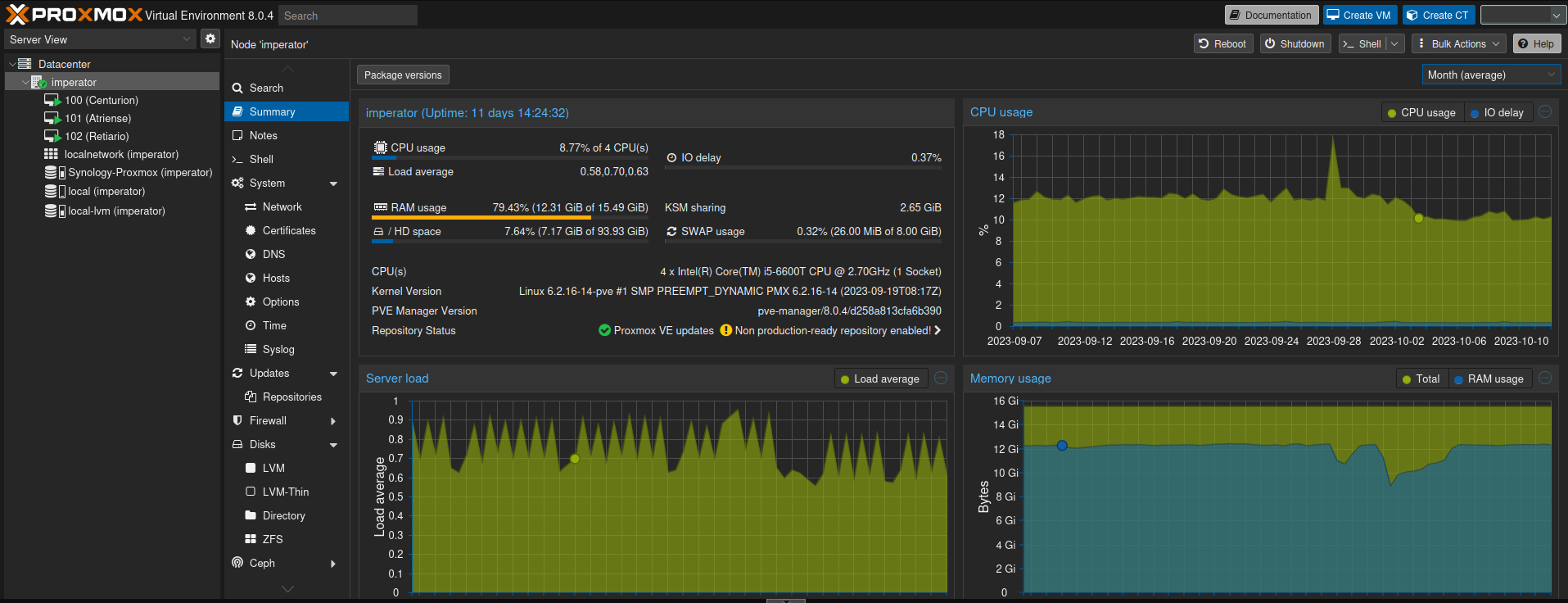Choosing the Right Hypervisor
Many of the 1L units mentioned in the previous post come with an embedded Windows license, and it can be very appealing to jump right into Hyper V and start virtualizing. However, I do not recommend this approach because the Windows license will most likely not be Windows Server, and that comes with it’s own set of problems, namely:
- Overhead: a windows installation even when idle consumes a lot of valuable RAM space, that could otherwise be allocated to virtual machines
- Stability: controlling when windows applies an update, and reboots itself causing unexpected issues is quite challenging
- USB pass-through: not possible in Hyper V without 3rd party solutions, and depending on your use-case it is highly likely that at some point you will need to use a USB dongle or drive in any of your virtual machines (e.g.: Zigbee dongles like Deconz).
- Headless Operation: RDP or other similar method will be needed to interact with the server
The solution that worked best for me in order to overcome such issues is Proxmox

This is a free (for non commercial use) and dedicated virtualization environment that can be fully controlled via a web interface. It can be expanded adding different hardware nodes later down the line and has quite an active community that makes troubleshooting and finding documentation relatively easy, and all in all a great solution to get started.
I installed Proxmox as the main OS for the machine following the awesome guides from TechnoTim. (Of course, have a look at the requirements first to see if your hardware is supported)
With all that out of the way, you should be all set to start using your permanent homelab server!